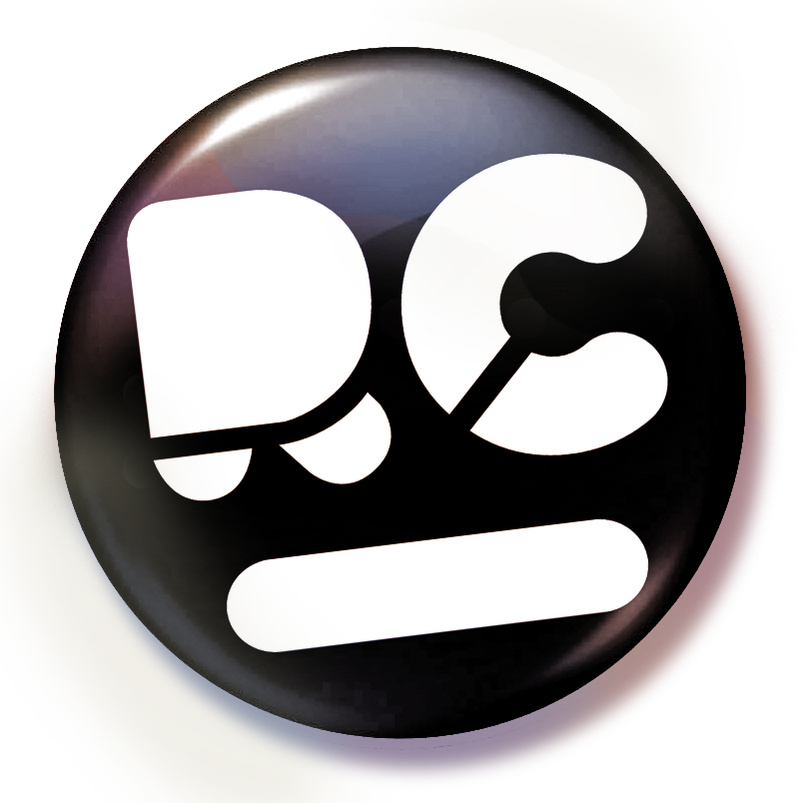Contents List
This list has grown organically and will continue to be re-ordered and added into. The titles are descriptive if relatively prosaic. As Sections and Sub – sections are drafted and finally edited down these titles will more than likely be reworded to become more expressive.
- 1 DEFINITIONS - understanding process and activity
1.1 Definitions of design - finding the edges
1.1.1 The Why of design
1.1.2 Design in Nature
1.2 Types of philosophy - what is applicable
1.2.1 Object as subject
1.2.2 Context of Description
1.3 Context of thought
1.3.1 Time and Space
1.3.2 Levels of Ideas
1.3.3 Numbered Aspects
1.4 Theories_Manifestos_Ideology_Methodology
1.4.1 Why designers design
1.5 Design Principles
1.5.1 Dieter Rams 10 principles
1.6 Reason and Nonsense
1.6.1 Design Intelligence
1.6.2 Design for need
1.6.3 Functionality/affordances
1.7 Design management
1.8 Where Design fits (connects to 6.7 and 11.1)
1.8.1 Types of Design
1.8.2 Un-Designing
1.9 Networks/Connections: Tech/comm context. (connects to 3.7)
1.9.1 Digital - 2 MEASURE/VALUE - evaluating quality. Distinctions
2.1 Measuring design - units and scales
2.1.1 Ethics
2.1.2 Experts and Amateurs
2.1.3 Craftsmanship
2.2 Concepts of value
2.2.1 Minimalism
2.2.2 Modernism
2.2.3 Postmodernism
2.2.4 Subjectivity
2.2.5 Authenticity and its opposiites
2.3 Standards -
2.3.1 Standardisation
2.3.2 Systems
2.3.3 Modularity
2.4 Originality/Banality
2.4.1 Change, innovation
2.5 Success and Failure
2.5.1 Learning from instances
2.5.2 Ambition
2.5.3 Seeking and Needs Add to Scriv
2.5.4 Experimentation Add to Scriv
2.6 Responsibilty and Sustainability
2.7 Appearance
2.7.1 Representation
2.7.2 Hidden and Open
2.7.3 Distinction
2.7.4 The Other Add to Scriv
2.8 Complexity and mass
2.8.1 Simplicity Add to Scriv
2.9 Utopias
2.9.1 Perfection/Imperfection - 3 LANGUAGE - words, signs and meanings
3.1 How design is described/discussed
3.1.1 How design is sold
3.2 Criticism
3.2.1 Reductivism
3.2.2 Nay-saying -Anti design
3.3 Dialectics and rhetoric
3.4 Design Terms
3.4.1 Naming
3.4.2 Lists and Constructs
3.5 Wittgenstein
3.6 Neology
3.7 Organising Ideas - Books_the web. OA (Open Access)
3.7.1 Interaction
3.8 Symbols - a metalanguage
3.9 Icons
3.9.1 Codes - 4 DESIGN PROCESS - mapping over time
4.1 Timelines
4.2 Historicity - progress and inertia
4.2.1 Modernity
4.2.2 Momentum
4.2.3 Design classics
4.3 Overdesign/Underdesign
4.4 The future
4.4.1 Acceleration
4.5 Design approaches (connects to 5.3 and 6.1)
4.6 Design Technology
4.7 Process and Progress
4.7.1 Time and knowing
4.7.2 Collaboration and Competition
4.7.3 Development
4.7.4 Chance
4.7.5 Parts and Wholes add to scriv
4.8 Design Research
4.8.1 Theories
4.9 Process models - 5 ENVIRONMENT - social/mental spaces
5.1 Design contexts
5.1.1 Timings
5.1.2 Gateways and Barriers
5.2 Consciousness and Activism
5.3 Audiences/users
5.3.1 Participatory design
5.3.2 Crowdsourcing
5.4 Exclusivity
5.5 Public design
5.6 Human scale
5.6.1 Ergonomics
5.7 Psychology
5.7.1 Memory
5.7.2 Narrative
5.8 Culture
5.8.1 Subculture
5.8.2 Counterculture
5.8.3 Deviancy
5.9 Nature - 6 DESIGN AND POWER - design as a tool
6.1 Who is design for?
6.1.1 Role of the Consumer
6.1.2 Politics/Power
6.1.3 Critiques
6.2 The market
6.2.1 Growth and Building
6.3 Design in Place
6.3.1 Design in Cities
6.3.2 Design in the Military
6.3.3 Design in Space
6.3.4 Design in Transportation add to Scri
6.4 Currency
6.5 Design voices
6.6 Power of data
6.7 The functions of design
6.7.1 Perspectivisation (2.2.3) + Parallax
6.8 The functions of the Client
6.9 The role of Institutions (timeline examples)
6.9.1 National aspect/characteristics - 7 BASIC DESIGN - principles and learning
7.1 Implication - behavioural items
7.2 Short history
7.3 A program
7.4 Education - 8 TECHNICAL/FORMAL ELEMENTS
8.1 Typography - words are objects
8.2 Geometry - 2D/3D logic
8.2.1 Drawing Add to Scriv
8.2.2 Mapping Add to Scriv
8.3 Perception - gestalt/spatial
8.3.1 Cognition
8.3.2 Diagrams
8.3.3 Models Add to Scriv
8.4 Semiotics - signs
8.5 Aesthetics (colour)
8.5.1 Maths
8.6 Media
8.7 Pattern
8.8 Simplicity and complexity
8.8.1 Materials
8.8.2 Generativity
8.9 Information/communication theory - 9 DESIGN THINKING
9.1 Creativity
9.1.1 Play
9.1.2 Design and art
9.1.3 Lateral Thinking Add to Scriv
9.2 Innovation
9.2.1 Imagination
9.2.2 Curiosity
9.3 Intuition
9.4 Science of thinking
9.5 Decision-making
9.5.1 Action
9.5.2 Problem-definition
9.5.3 Judgements
9.6 Understanding and Mapping
9.7 Design Studies_Theory
9.8 Logic - 10 DESIGN GROUPINGS
- 11 Design: More or Less
11.1 What design can be 2
11.2 What is to be (un)done?
